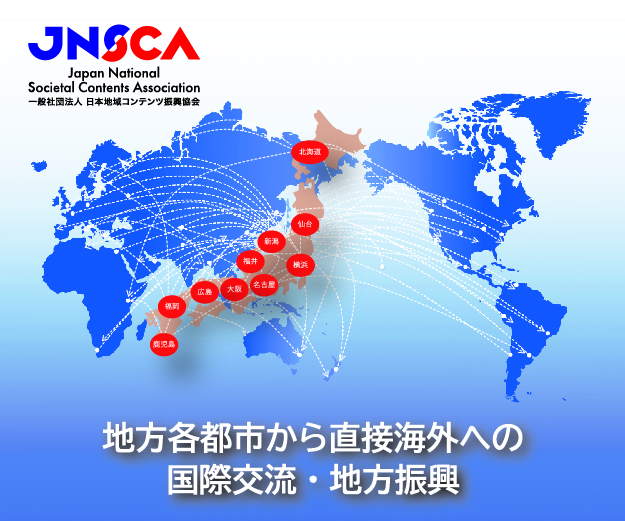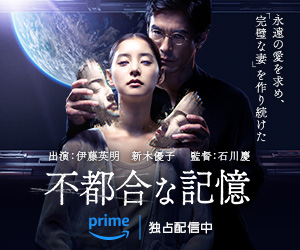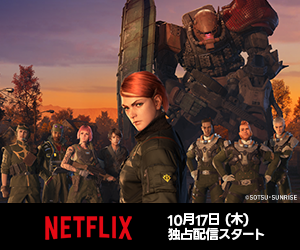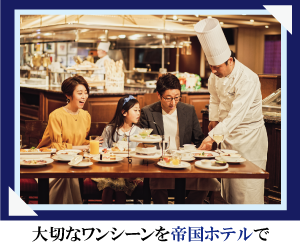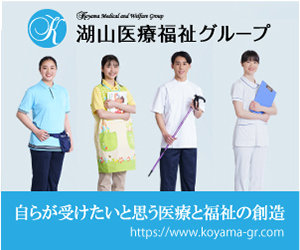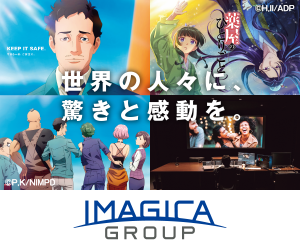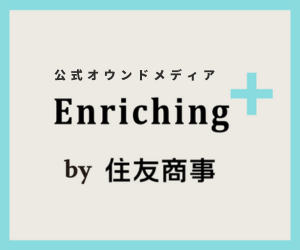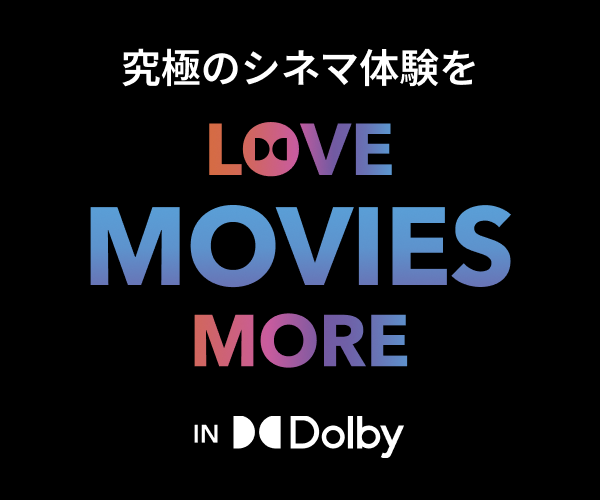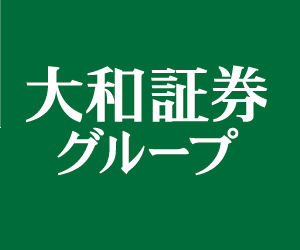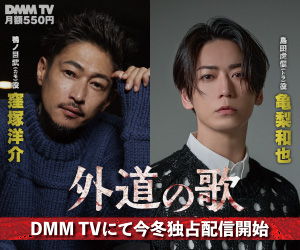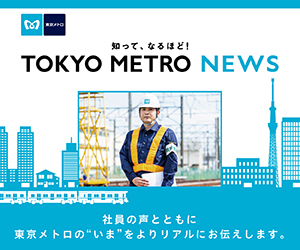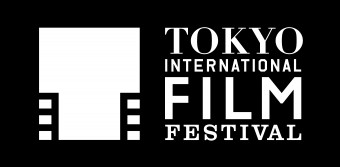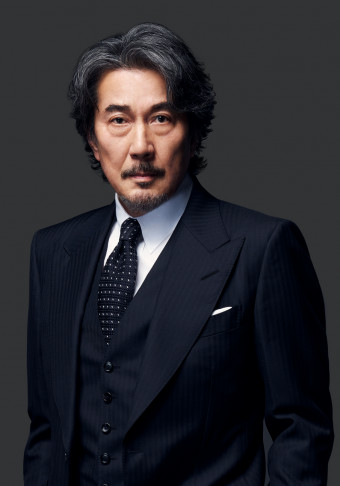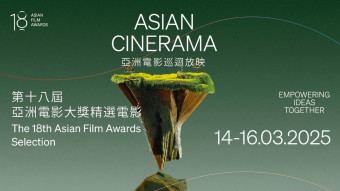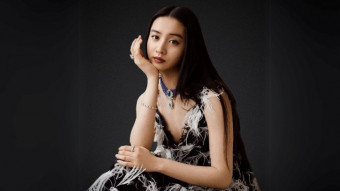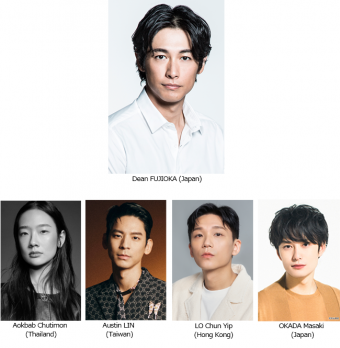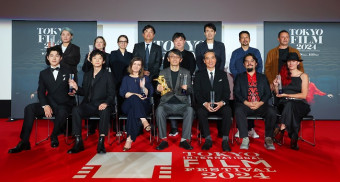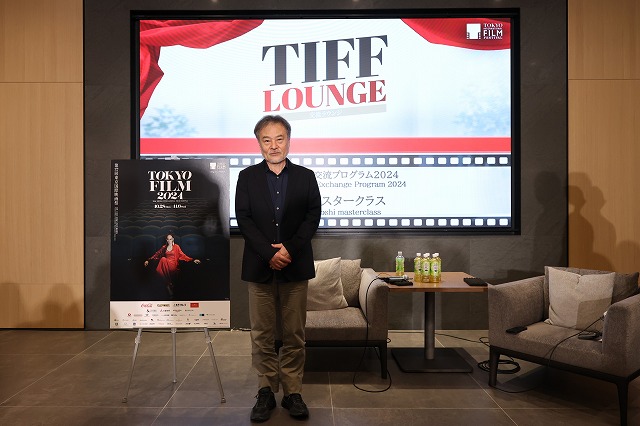
Fresh from winning the Asian Filmmaker of the Year Award at the 29th Busan International Film Festival last month, director Kurosawa Kiyoshi participated in a TIFF Lounge Masterclass at the 37th Tokyo International Film Festival on November 2, as part of the festival’s Asian Film Student Exchange Program. “I’m a lot older than you,” he said as a way of introducing himself to the assembled students. “I’ve been around since the time they made films on film, and I hope my experience is of some use to you.” He added that film festivals are great opportunities for directors “to talk about individual films” and meet producers and young filmmakers “like yourselves.”
Moderator Sekiguchi Yuko asked Kurosawa about the first film festival he ever attended. “Probably the Yubari International Fantastic Film Festival [in Hokkaido], which used to be a real international film festival,” he said. “My film The Guard from Underground (1992) was being screened and [American director] Robert Wise was on the jury. That was during the Japanese bubble era, when Japan had a lot of money, so the festival could afford him.”
When Sekiguchi asked him his opinion of post-screening Q&A sessions, Kurosawa recalled the first overseas festival he attended in Rotterdam, where he showed his classic horror movie, Cure. “It was quite an experience to be bombarded with all these questions in English,” he said. “They also wanted me to make opening remarks, which I didn’t want to do, but I soon discovered this was film festival protocol, like the post-screening Q&As.”
What particularly perplexes him about Q&A sessions, he said, is that films are a collaborative enterprise, and sometimes the director is unprepared to answer a question because they may not have been closely involved in the aspect of the film that the interlocutor is asking about. But the audience holds the director accountable for everything. “It doesn’t do to say the actor did something on their own, or it rained on a day when it should have been sunny, because sometimes those things affect a film and are out of the hands of the director.”
Sekiguchi countered that such questions could be a learning experience not only for the audience, but for the filmmaker, too. Kurosawa said it was a good point. “The thing is, we have to answer on the spot, even if we don’t know the answer,” he said. “It’s not about lying, but rather about something you had never considered before. And, yes, sometimes you discover new things about the films because of those questions.”
He then explained that the Cannes Film Festival was the first time one of his films had been entered into an international film festival competition outside of Japan. “It was for Bright Future,” he said, and when Sekiguchi remarked that he had said he really enjoyed Cannes, he looked taken aback. “Did I? I guess what I meant was that after struggling with the making a film, you get to show it at an international film festival and find yourself the center of all this glamour. In Japan, it’s the lead actor who gets all the attention, but at international film festivals the movies are represented solely by the directors. You have to deal with interviews all day and all night.”
Moving on to filmmaking itself, Sekiguchi asked how an idea evolves into a finished production. “Ideas are intangible things,” said the director, “and difficult for some people to grasp, regardless of whether you’re making a commercial film or a small one. The important thing is the passion of whoever it is who comes up with the idea, be it the director, the producer, the main actor, or the writer. And then they have to instill that passion in others, because film is a collaborative undertaking. The film really can’t start until all the stakeholders share that passion.”
As a director, when he’s approached by someone else with an idea, he has to decide if it’s something he wants to do, and part of that determination is convincing himself that he can get others to share his vision about an idea that is someone else’s. When there are hurdles, as there almost surely will be, it can quickly sap one’s resolve when there’s no passion.
“I think it comes down to cinematic literacy,” Kurosawa said, warming to the topic. “Maybe a director wants to do something on a scale like Spielberg, but the producer will say they don’t have that kind of budget. If you are literate in film form, you can pivot to some other style, like Ozu’s, without sacrificing anything. You have to shape-shift along the way. If you get stuck on one style or method, you’re only going to be frustrated.”
It’s also important to have a wide range of interests, whether it be in people and issues or art in general. “How much knowledge have you accumulated? The more knowledge you have, the better prepared you are when someone approaches you with their idea.”
In that case, said Sekiguchi, what’s the most important consideration in getting a green light for your project? Kurosawa laughed. “If I knew that I wouldn’t have so many problems as a director. In Japan, it usually has to do with the casting of the main character.”
Although there are no set rules, for Kurosawa the initial concern is location scouting. “The screenplay is only a bunch of words,” he said. “But when you have the location right in front of your eyes, you are better able to imagine how those words can be used. With a large budget you can always build sets, but for the kind of films I make locations are more important.” In scouting locations, Kurosawa uses his intuition. “I look at a place and immediately know if I want to shoot there,” he said. “You can imagine an actor in that space moving from point A to point B. The space informs the movement of the actors. It impacts the performance. The actors will move more naturally and we can capture that. It might be different on a constructed set.”
Intrigued by his interest in doing his own location scouting, Sekiguchi pressed him on other matters, like costumes and table readings, neither of which the director seemed interested in. “I only do table readings if the actors are inexperienced,” he said. As for costumes, he lets his costume designer do everything, since it’s not something he really has a flair for. “I don’t like the process of being there for costume fittings and having to approve everything. It’s really between the costume designer and the actors.” The reason that costumes are so “cumbersome” is that they tend to take up a lot of time that the director could spend more constructively on other things.
Having made two films in France, Daguerrotype and Serpent’s Path, Kurosawa obviously has opinions about international collaborations, which he imagined would be of interest to the students attending the Masterclass. “It’s hard to draw a line between completely domestic productions and international collaborations, because even some of my Japanese films have foreign backing; but there are differences when it comes to casts and crews.”
Aside from the language barrier, he hasn’t experienced any problems with his French films. But he was quick to point out that if the French government is backing the film, then you are limited to how many non-French crew you can bring onto the project. “If the writer and the director are both Japanese, then you’ve used up all your points, so to speak,” he explained. “In that case I can’t use my usual Japanese cinematographer.” He didn’t find this a problem on his two films, because all the French technicians knew their jobs inside-out and didn’t need a lot of direction, thus freeing him to concentrate on directing the actors, which is what he likes to do.
Sekiguchi mentioned that Kurosawa used popular French actor Mathieu Amalric in both his French films, which was quite a coup. He agreed, saying that French actors tend to only take on projects they really want to do, whereas Japanese actors are at the mercy of their talent agencies. He also mentioned that when French productions wrap, they have a huge party with lots of food and champagne. “In Japan, you get canned beer and say ‘kampai.’”
Sekiguchi then asked about producers. What does he expect from them? “They’re extremely important,” he said. “They have to stick with you even after production has ended, through the release and the screenings at festivals.” The producer has to be there to protect the director from the other stakeholders who may not always agree with what the director is doing. Producers who don’t do that make the director’s job exponentially more difficult, he explained, since it means spending time trying to placate people whose interests don’t always align with the director’s — or the producer’s, for that matter.
Kurosawa said he’s been lucky since his producer has always protected him. “In cases where I worked with someone else and the relationship wasn’t so good, then I had to increase my workload by protecting my cast and crew, since that should be the producer’s job, and the production suffers as a result.”
That said, Kurosawa insisted he isn’t “meticulous” about every little thing, and cited an anecdote about director Kurosawa Akira (no relation) postponing a shot on location just to wait for the perfect cloud to appear in the sky. “Some directors storyboard every shot,” he said. “There’s nothing wrong with that, but it’s not what I do. It depends on what you’re interested in. Everything else you should leave to the professionals.”
This lack of hard-and-fast rules about directing choices seems to extend to his handling of actors. “Actors should be able to act without straining themselves,” he said. “I don’t want them to turn into different people for the film. It’s more about understanding the character and finding some commonalities in your own personality.”
The questions from the students were invariably about technique. One asked about directing performers and what the camera should capture other than the performance itself. “A performance is merely the actor interpreting the words in the script,” Kurosawa said. “So if that’s all you capture, it isn’t going to be interesting. Think about a natural conversation that your friends are having and try to get that feeling, because it’s real, even if what they are talking about is only interesting to you. I’m always trying to find those interesting moments, because that is what makes a film.”
When another student asked if he ever suffers from “self-doubt” during a production, he readily admitted, “All the time. You decide to leave in a cut that you’re not really satisfied with, and then later somebody says they loved that scene. By the same token, you may think you’ve captured an amazing performance, and years later someone comes up to you and says they thought that performance was phony. The only thing you can do is try harder with the next film, and learn from that self-doubt.”
One woman got to the essence of why the students wanted to hear from Kurosawa, mentioning that he was famous for his “atmosphere,” which, especially in his horror films, conveys dread so convincingly. How does he do it? “If there’s one thing I’m meticulous about, it’s sound design,” he responded. “That sense of foreboding should be vague, in a sense. It’s not difficult to scare people —just have somebody jump into the frame unexpectedly. Vague sounds and images are much more unsettling, because you’re not sure if you’re supposed to be scared, and that creates tension. If you really want the audience to be on edge, don’t seem as if you’re purposely trying to scare them.”
Events
Asian Film Student Exchange Program 2024
Guest: Kurosawa Kiyoshi (Filmmaker)
Moderator: Sekiguchi Yuko (Journalist)












